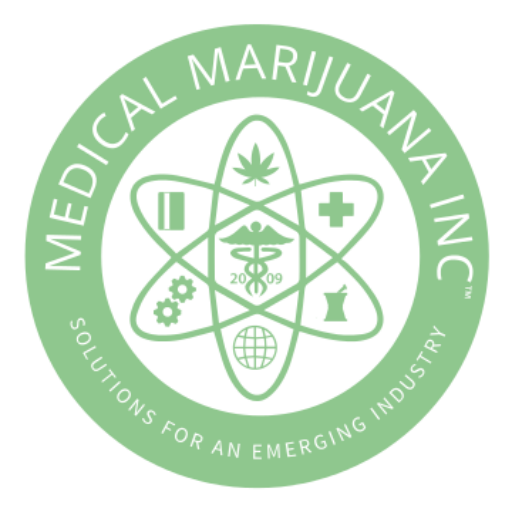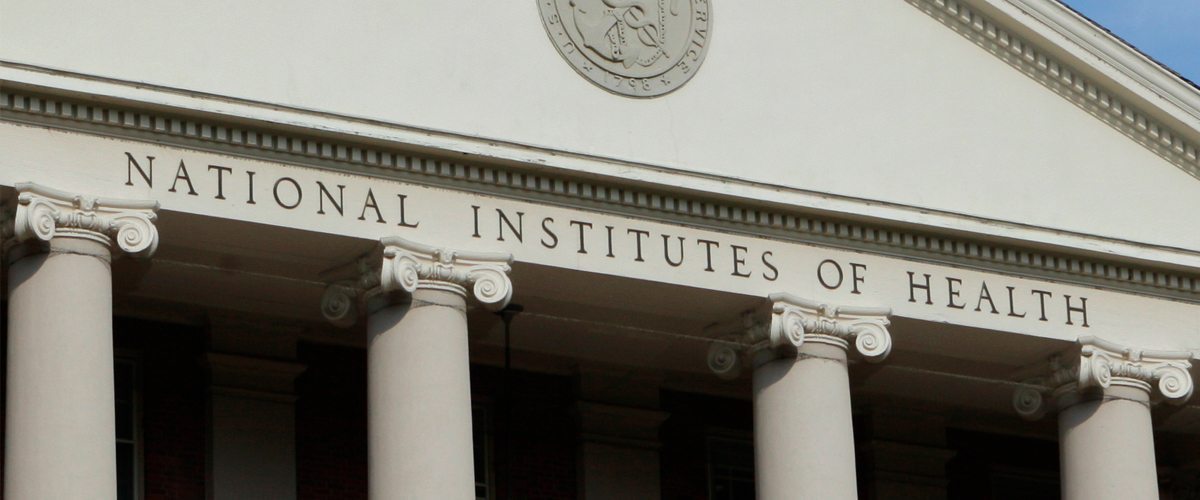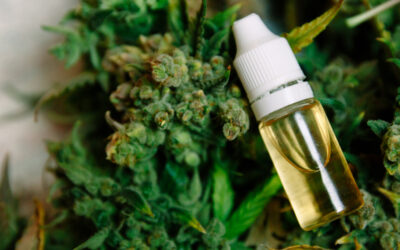FACT: The National Institutes of Health has a patent on the therapeutic uses of CBD.
In 1998, a group of scientists on behalf of the National Institutes of Health filed a patent with the US Patent Office that stated that cannabinoids have medical value.
Co-authored by Nobel Laureate Julius Axelrod, Patent #6,630,507 was awarded to the National Institutes of Health in 2003, just five years after it was filed. This patent is titled, “Cannabinoids as antioxidants and neuroprotectants.”
FACT: The NIH acknowledges the therapeutic properties and potential uses of CBD.
Colloquially called “the ‘507 patent,” this document describes the potential therapeutic values of non-psychoactive cannabinoids. It describes cannabidiol (CBD) in particular as being a potent antioxidant – stronger than either vitamin C and vitamin E. CBD is also described as having neuroprotective properties, meaning the NIH believes it may protect the brain and nervous system from damage due to head trauma like concussions or brain damage from strokes.
The patent also describes CBD as being very non-toxic, with no possibility of fatal overdose and no damage demonstrated “large, acute doses” of 700mg CBD/day (which is hundreds of times more CBD than most people would ever ingest).
FACT: This patent flies in the face of the Schedule I status of cannabis, which defines cannabis as having “no medical value.”
The US government doesn’t officially recognize the medical potential of marijuana, at least in part because the studies about its potential therapeutic benefits have been small, and there have been no large-scale clinical trials on the plant. However, certain components of marijuana have been made into pharmaceutical drugs for decades like Marinol, which is a synthetic version of THC to treat chemotherapy symptoms.
FACT: The ‘507 patent also means anyone wanting to develop a pharmaceutical drug using CBD would have to receive a license from the NIH to do so.
Fortunately, we have that covered. Medical Marijuana Inc.’s joint venture with KannaLife Sciences includes exclusive and non-exclusive license agreements with the NIH to develop CBD into viable medicines. This is yet another way that we are working towards a future in which cannabinoids are viewed as the true therapeutic powerhouses emerging research indicates they are.
FACT: Contrary to popular belief, this patent isn’t for medical marijuana.
The ‘507 patent covers the potential medical use of non-psychotropic compounds in cannabis, particularly CBD. The ‘507 patent specifically avoids psychotropic cannabinoids (like THC).
FACT: The ‘507 Patent is among the strongest cases for our CBD business model.
Legitimacy is everything in this world. Operating with the knowledge that one of the most venerable institutions in the world has cataloged the many potential benefits of CBD motivates every business decision we make.






